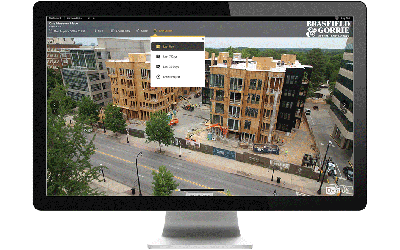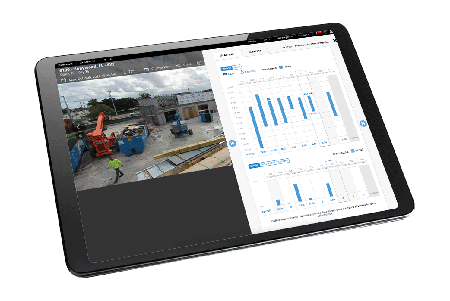Owners and executives are juggling changes in construction: rising material costs, labor shortages, shifting regulations and increasingly complex projects. As the companies leading the space grow, they need a way to reduce risk and redefine project intelligence.
Consider these industry realities:
- 12% of project costs are lost to rework, much of it avoidable
- $177 billion a year is wasted on scheduling delays in the U.S. alone
- Projects face an average delay of 30% past schedule
These percentages show up as thinner margins, missed incentives, reputational damage and more. The common denominator? Limited visibility into what’s really happening on the jobsite.
When decision-makers can’t verify progress, confirm delays, or validate claims in real-time, costs add up quickly.
The Construction Employers Association illustrates this clearly: on a $50 million, three-year project, if delayed by that 30% can balloon by $15 million.
Reducing just 10% of that through better visibility and coordination could save $5 million.
Simply put: when leaders see more, they save more.
Redefining How to Capture Jobsite Intelligence
Once used as a passive measure of progress, construction cameras are now a transformative tool. The automatic progress documentation from a camera, paired with the power of artificial intelligence, creates actionable jobsite intelligence.
Modern systems support executives in these ways:
- Multi-project dashboard views create seamless alignment with all stakeholders

- Custom time-lapses shared on social act as powerful marketing showpieces

- Unbiased records of activity and weather history prevent disputes

Together, these capabilities turn cameras into command centers – recording progress, shaping communication and building confidence in every decision.
And while these benefits improve daily operations, the impact goes further – visibility translates into measurable returns.
The ROI of visibility isn’t just in operational efficiencies, it can directly influence costs:
- Emery Sapp & Sons leveraged cameras to accelerate delivery and earn a $600,000 early completion bonus
- Carvana reduced jobsite travel by 80%, freeing time and cutting costs
- Weyerhaeuser used time-lapses to update executives across the country, streamlining reporting
- Peachtree Hotel Group recouped costs from a security incident with the documentation
- River Rock Property Group secured 3 new retail tenants by marketing with live streams
Some of the most valuable gains come from accountability and trust. When a camera provides an unbiased record of history, it shifts the dynamic on the jobsite. Instead of relying on memory, teams can point to clear, time-stamped images. At Peachtree Hotel Group, for example, archived footage was used to identify responsibility for major rework – defusing a costly claim and protecting the team’s reputation.
That accountability extends inward, too.
For Nationwide Children’s Hospital, managing a near-7 acre research facility meant coordinating dozens of dispersed stakeholders. Cameras turned construction meetings into evidence-based conversations, tightening alignment across every level. Communication was anchored in fact rather than assumption.
This transparency reduces disputes, builds stronger client relationships, and gives employees confidence that decisions are grounded in truth. Each example underscores a simple truth: when executives equip teams with real-time visibility, projects are more predictable, risks shrink and financial outcomes improve.
Construction will always carry uncertainty. But uncertainty doesn’t have to erode profits. With advanced construction cameras, executives can trade guesswork for intelligence and fragmented updates into real-time insight.